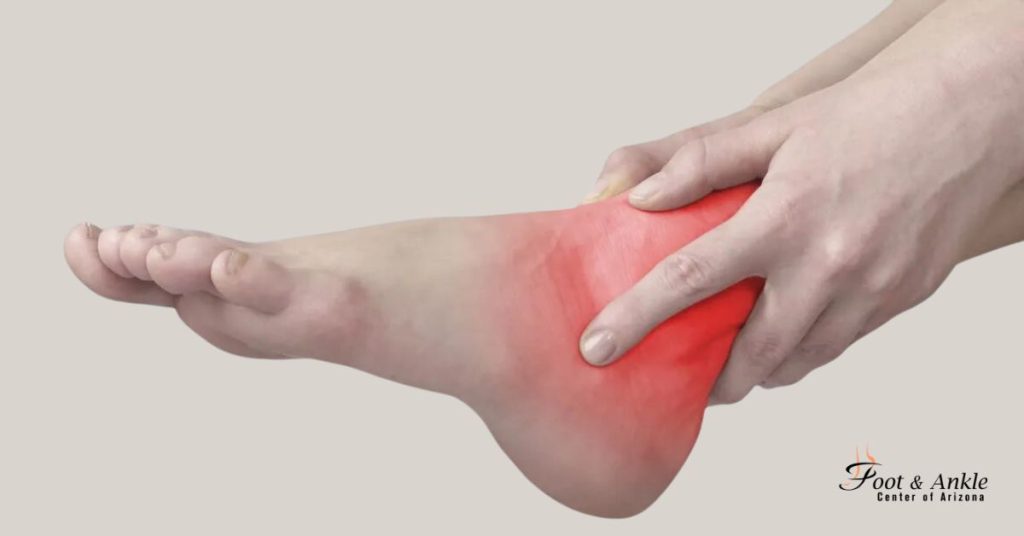Winter’s Balancing Act – The wrong boot could lead to ankle, foot injuries.
Winter’s popular women’s boots typically feature tall, spiked heels and narrow, pointed toes. These boots can make your feet unstable on snow- and ice-covered surfaces.
A stylish low-heeled winter boot is a lot more fashionable than a cast and crutches. We recommend women scuff-up the soles of new boots, or purchase adhesive rubber soles, to provide greater traction.
Falls from high-heeled winter boots can lead to a number of injuries, depending on how you lose your balance. If your ankles roll inward or outward, you can break your ankles. If your ankle twists, ligaments can be stretched or torn, causing an ankle sprain. Broken and sprained ankles can be present at the same time. Slipping or falling in these boots can also cause broken toe, metatarsal and heel bones.
If you do get hurt, call a foot and ankle surgeon for prompt evaluation and treatment. In the meantime, the “R.I.C.E.” method should be followed. This involves:
- Rest. Stay off the injured foot, since walking can cause further damage.
- Ice. To reduce swelling and pain, apply a bag of ice over a thin towel to the affected area. Do not put ice directly against the skin. Use ice for 20 minutes and then wait at least 40 minutes before icing again.
- Compression. An elastic wrap should be used to control swelling.
- Elevation. Keep the foot elevated to reduce the swelling. It should be even with or slightly above the heart level.
Tips to avoid winter ankle injuries:
- Keep areas around outside doorways well-lit so icy patches are visible
- Wear shoes or boots with a traction sole that can prevent slipping
- Check for slippery spots before getting out of a car or walking on stairs
- Avoid wearing high-heeled shoes outdoors
- Stretch and warm up before outdoor and indoor physical activities
Reference:
https://www.foothealthfacts.org/article/winter-s-balancing-act




